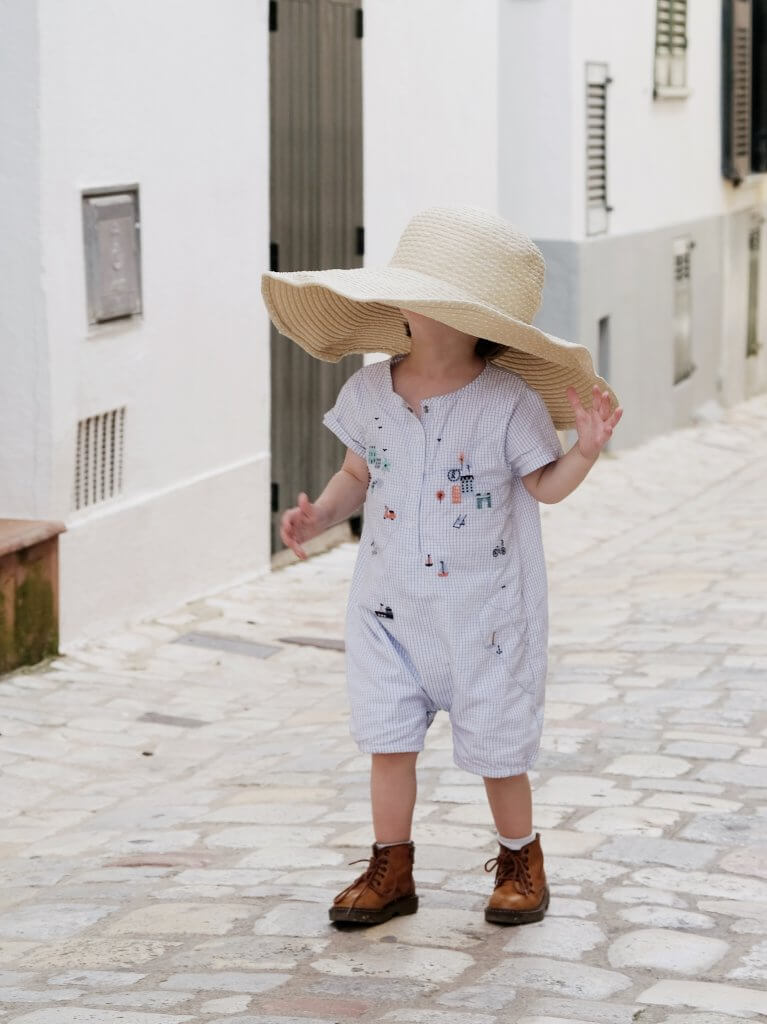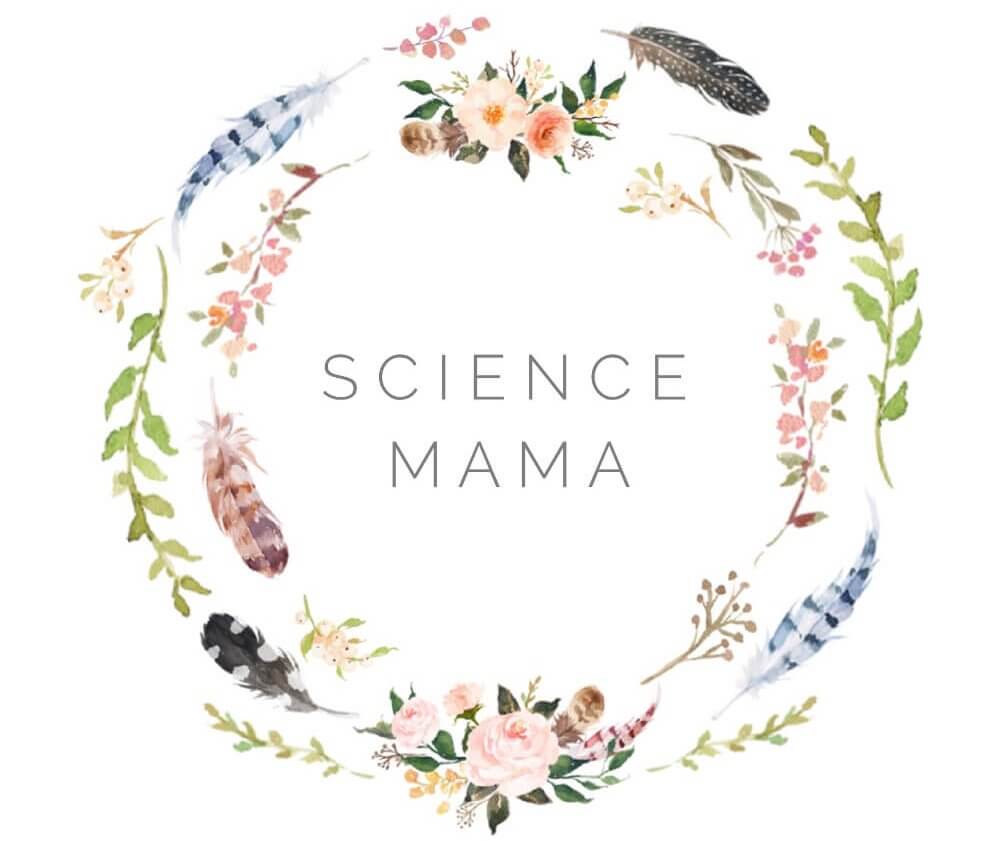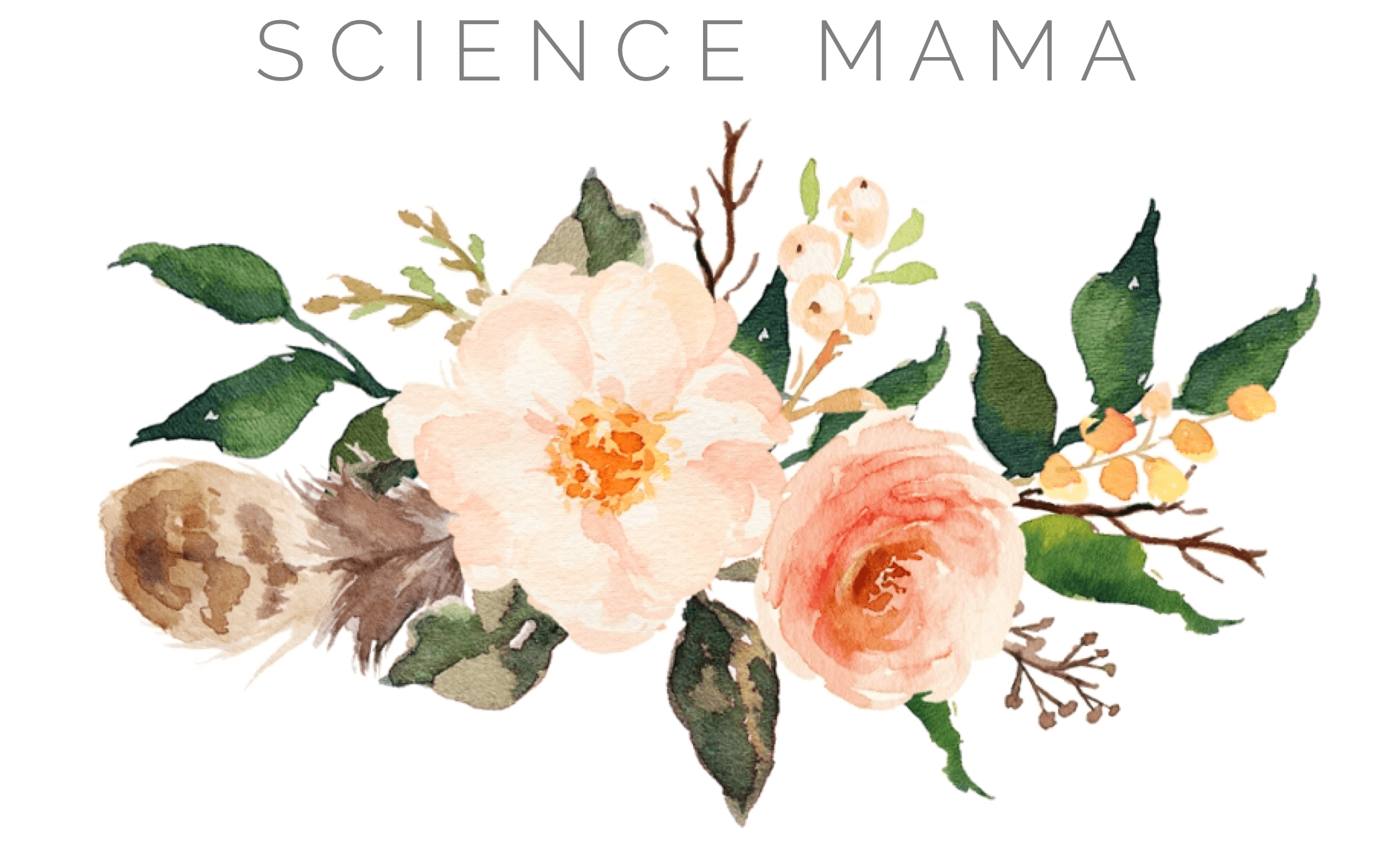
Is sunscreen safe?
If there was a competition for world’s whitest woman, I would be a top contender. My legs have an eerie fluorescence akin to convenience store tube lights, and my face is as pale as the moon. Part of the reason for this is my prolific use of SPF 50 sunscreen which I religiously slather on the whole family in the hope of warding off skin damage.
But does it really work, and is it safe? Global rates of skin cancer have been steadily rising for decades despite the widespread availability of sunscreen. This has led some people to worry that the chemicals in sunscreen are causing cancer rather than preventing it. I thought I’d take a look at the data and see if there is any evidence for this (good news: there isn’t).
Why are skin cancer rates increasing?
Incidence figures show trends but not what causes them. In part, the rise may be attributable to better diagnostic practices, and the widening of criteria that define what is classified as skin cancer. Additionally, greater screening efforts may be identifying previously missed cases.
Could another explanation be our ageing population? As the risk of developing cancer rises as we age it’s logical that we would see more cancers now people live longer. However, skin cancers are rising in young people too. Why might this be? Several studies have shown we generally don’t use enough sunscreen to provide adequate coverage, and we don’t reapply it often enough. Maybe sunscreen gives us a false sense of security that we are protected, and we rely less on other sun safety methods. Whatever the reasons, we don’t know for sure. Could it be that sunscreen doesn’t work as well as we thought?
Does sunscreen really work?
The evidence base for sunscreen is mixed, but this could be due to difficulties in studying it rather than lack of efficacy. It’s a tricky one to investigate because the most common cancers (non-melanoma cancers SCC and BCC) take a long time to develop. It can also be hard to know exactly how often test subjects use sunscreen, and whether they use enough.
The best evidence comes from the largest randomised controlled trial on sunscreen, the Nambour trial. Investigators randomly assigned 1621 Australians to use sunscreen either daily or at their discretion for 4.5 years. When followed up several years later, the daily users had significantly lower rates of solar keratoses, non-melanoma skin cancer and melanomas. Clearly broad spectrum sunscreen plays an important role in skin cancer prevention.
Is sunscreen safe?
Recently concerns were voiced after a study found that the chemicals in sunscreen were absorbed into the bloodstream at greater concentrations than previously thought. There were several limitations to this study, however. There were only 6 people in each study group, and they used an estimated 10 times more sunscreen than people typically apply. The test subjects stayed indoors during the study, so the sunscreen wasn’t diluted by water or sweat. Another study assessing the main ingredient of concern, oxybenzone, found it would be basically impossible to achieve harmful concentrations through sunscreen use.
Participants in the Nambour trial had no increased risk of death after using sunscreen daily for 4.5 years, even when followed up 21 years later. Reasuringly, a 2018 meta-analysis of 29 studies found no association with sunscreen use and risk of skin cancer. All this evidence suggests that sunscreen is safe and is not directly responsible for the rise in skin cancers.
Mineral sunscreens (containing zinc or titanium) have the most robust safety data and are a great alternative to chemical sunblocks if you are still concerned.
Fun in the sun
It seems sunscreen is a safe and effective part of your sun protection arsenal, but it’s not a panacea. This summer I’ll still be using factor 50, avoiding direct sun in the hottest part of the day and covering up (not easy when someone keeps stealing my hat!).









